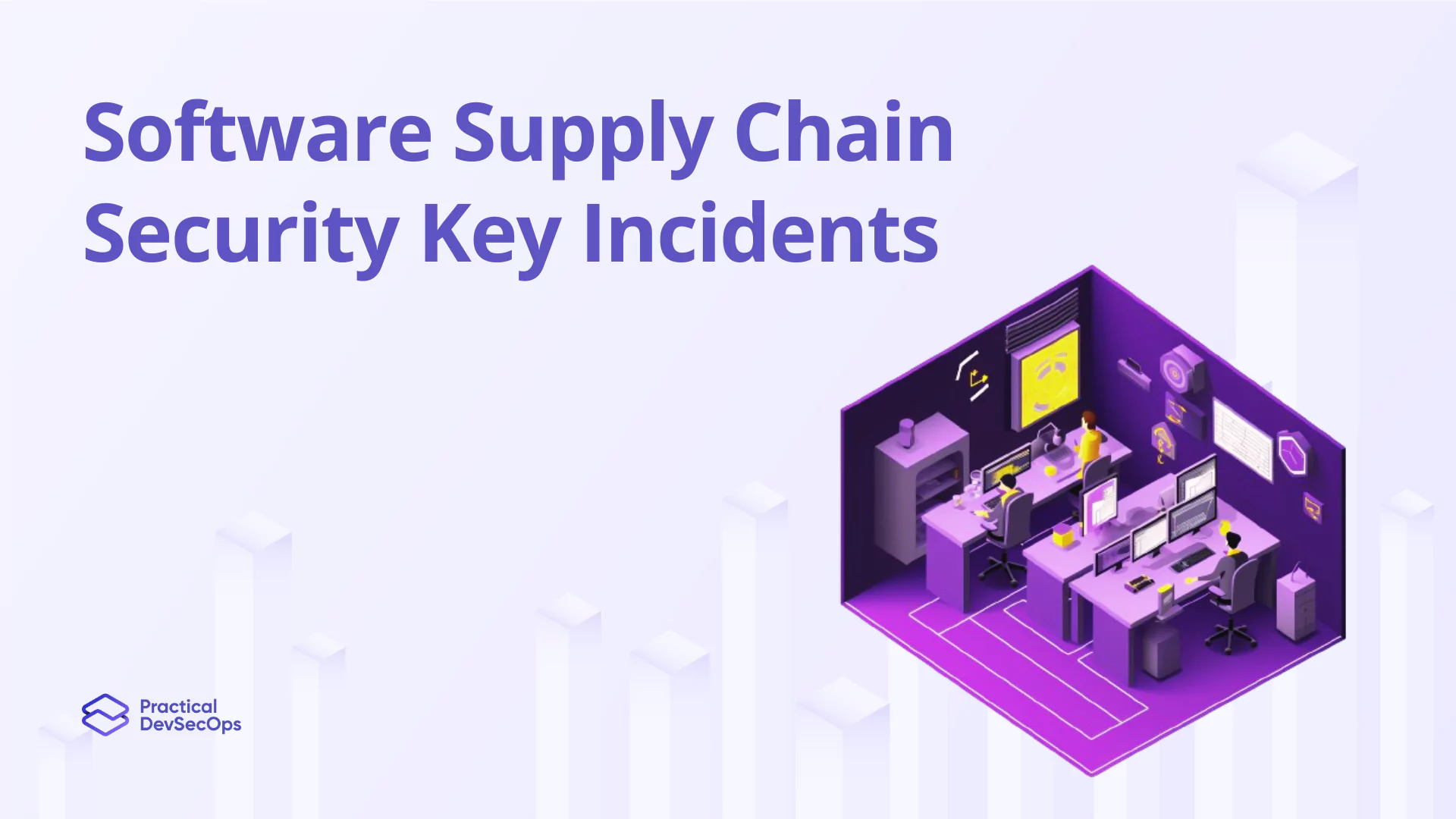In today’s digital world, critical information protection and defense against internet risks is everywhere. This is the room for API security. Understand the aspects of the implementation of API security mechanisms for the protection of interconnected systems to ensure trust, compliance, and resilience in our digital ecosystems.
These basics of the API architecture would allow the DevSecOps professional to be in a position to assess and guard against prevailing security threats. Bring those skills to the next level: our training course on API security will impart and certify you in the same to safeguard digital infrastructures.
According to Statista, the biggest percentage on the list of data violations in a period of one year has gained API threats and unauthorized access by 681%. And although an authentication policy exists in 90% of the organizations, 31% of them are questioned in their efficacy. Even the lack of budget and resources is a challenge in ensuring API security.
Types of API Security Defenses
It is a very wide class of threats—from unauthorized access attempts to injection attacks. One has to understand these Types of API Security Defenses when developing a robust protection mechanism. This section goes ahead to explain these categories of mechanisms in detail, such as encryption, authentication, authorization, and rate limiting.
For example, secure layered risk management and API assets in an organization could be rate limiting at the boundary layer.
Adopting Modern Security Practices
This means that the old security practices have to be retouched in order to cater to the new, dynamic, emerging threat landscape to avert very sophisticated attacks that may come. It is, therefore, much needed to be ahead of the game in the rapidly changing environment by modernizing the security practices and embracing the new and automated tools of continuous monitoring, threat detection, and incident response.
They emphasize that organizations need to embed safety into the development life cycle and develop a culture of safety-first by handling the vulnerability of attacks through identification and mitigation before its exploitation.
API Security Tools and Automation
Automation plays a pivotal role in streamlining API security processes and ensuring consistent enforcement of security policies. It introduces essential API security tools and automation techniques for automating vulnerability scanning, API discovery, and access control management.
By leveraging tools like API gateways, web application firewalls, and security orchestration platforms, organizations can enhance their ability to detect, prevent, and respond to security threats in real time.
Some of the API security tools used in the DevSecOps industry include Noname active testing, CodeAI, Veracode Static analysis, OWASP ZAP, Burp Suite, JMeter, Postman, SoapUI, and Fiddler.
Common API Security Vulnerabilities and Defenses
Authentication Attacks and Defenses:
API security faces significant risks from authentication vulnerabilities, potentially allowing unauthorized access and data breaches. Let’s dive into common authentication issues like brute force attacks, credential stuffing, and session hijacking. To keep our APIs safe, we need to ramp up our defenses with things like multi-factor authentication, strong encryption, and closely monitoring user credentials.
Input Validation Threats and Defenses:
Imagine this: a harmful input comes to your API, enabling injection attacks like cross-site scripting (XSS) or even SQL injection vulnerabilities. Thus, the threat of Input Validation is what one should be looking out for and therefore must be mitigated. Techniques such as input sanitization, parameterized queries, and configuration whitelists will help keep our APIs secure and save them from getting attacked maliciously.
OWASP ASVS Framework Overview:
Have you ever heard of ASVS (Application Security Verification Standard) from OWASP? It’s like the bible for our API Security. The framework they give will show the guidelines and ways to assess and improve the security of our API. Following the ASVS guidelines will ensure our validation that we have all the security bases covered: requirements are validated, and adopted security measures are in place and effective. It will be a kind of security checklist to make sure that our APIs are rock solid.
Microservices and CI/CD Pipeline Security:
Microservices and CI/CD pipelines bring their own set of security challenges. However, we need to identify these challenges and keep-up with strong defenses. Strategies such as containerization, thorough code review, and automated security testing are key. These measures help us address security concerns at every stage of development.
Best Practices and Risk Mitigation
Top API Security Risks
Identify key API security risks like weak authentication. Understand their impact on organizations to prioritize mitigation efforts effectively.
Benefits of Secure APIs for Businesses
Secure APIs increase trust, compliance, and data protection. They enhance brand reputation and mitigate legal liabilities.
Securing Third-Party APIs
Implement vendor assessments, strict access controls, and behavior monitoring to secure third-party APIs effectively.
Implementing Best Practices
Adopt robust authentication, and encryption to promote a security-conscious culture for enhanced API security posture within organizations.
Conclusion
Organizations essentially prioritize API security due to the persistent threat of potential hacks and vulnerabilities. While achieving absolute security may be challenging, implementing robust authentication mechanisms, encryption protocols, and continuous monitoring can significantly reinforce APIs against intrusions.
Cultivating a culture of security awareness among developers and stakeholders further enhances resilience against emerging threats. Organizations can effectively mitigate security risks and safeguard their digital ecosystems by embracing proactive measures and remaining adaptable to evolving risks.
If you’re seeking to enhance your expertise in API Security, then
At Practical DevSecOps, we train security professionals to protect their organizations from innumerable cyber exploits. We offer API Security courses that are:
- Self-Paced Learning: Dive into structured content at your own pace.
- Interactive Labs: Gain hands-on experience in real-world scenarios.
- Expert Support: Access guidance 24/7 from experienced DevSecOps instructors.
Become a certified API security professional today!






0 Comments